
"Domesticity was the major expectation that medieval Europe had for women. They would marry. They would become mothers. They would look after their children and homes."
As outlined by Dr Eleanor Janega in her book The Once and Future Sex, it wasn't the only expectation placed upon them. "While women were first and foremost wives and mothers, they were never considered just that. To be a medieval woman was to be a worker, even if that work was not necessarily valued in the same way men's labour was." Janega goes further: "The idea that women largely existed in a domestic bubble wholly removed from the realities of labour and work would have seemed laughable to medieval people. In all classes of society, women worked and were expected to do so."
In a largely agricultural society, women did the same work out in the fields as men, often enjoying a similar status, what the writer Martha Gill has described as "a sort of rough and ready empowerment". And it empowered both married and single women alike. With up to a third of the female working population yet to find a husband (or yet to even start looking), employment was a way of improving their economic status before submerging into domesticity. Although brides could be as young as 12, the average age for a lower-class medieval woman to get married was double that. Delaying the onset of married life and parenthood had its advantages, as explained by Toni Mount, author of The Medieval Housewife.
"By the 14th and 15th centuries, the daughters of labourers and artisans often left home at the age of 12 or 13 to work for others as servants and apprentices. Away from direct parental control, they were far freer to choose their own marriage partner than a young aristocratic girl whose parents regarded her marriage as a means to consolidate their property or expand their network of allies."
Denne historien er fra August 2023-utgaven av BBC History Revealed.
Start din 7-dagers gratis prøveperiode på Magzter GOLD for å få tilgang til tusenvis av utvalgte premiumhistorier og 9000+ magasiner og aviser.
Allerede abonnent ? Logg på
Denne historien er fra August 2023-utgaven av BBC History Revealed.
Start din 7-dagers gratis prøveperiode på Magzter GOLD for å få tilgang til tusenvis av utvalgte premiumhistorier og 9000+ magasiner og aviser.
Allerede abonnent? Logg på
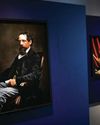
'Dickens's evocation of the fears, excitement and confusion of childhood is peerless'
DR LEE JACKSON ON WHY CHARLES DICKENS REMAINS RELEVANT TODAY
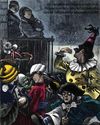
THE AUTHOR GOES ABROAD
Dickens expanded his horizons and boosted his fan-base by venturing overseas - but global fame came with a cost
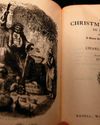
REVIVING THE FESTIVE SPIRIT
A Christmas Carol wasn't just a bestseller - it changed the way that Britons chose to mark the festive season

GIVING THE POOR A VOICE
From Hard Times to Oliver Twist, Charles Dickens used his pen to help illuminate the lives of the less fortunate
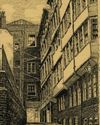
A JOURNEY THROUGH DICKENS'S LONDON
The works of Charles Dickens are synonymous with visions of Victorian London. We talk to Dr Lee Jackson about the author's love of the capital, and the locations that most inspired him
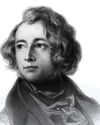
EXCEEDING EXPECTATIONS
Dr Lee Jackson chronicles Charles Dickens's journey from down-at-luck teenager to titan of Victorian literature
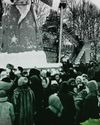
GIFTS, TREES & FEASTING
We take a journey through the photo archives to reveal how Christmas and its many traditions have been celebrated over the years - and around the world
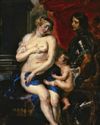
WHAT GREAT PAINTINGS SAY
We explore the story behind an allegorical painting that celebrates the triumph of love over hate, peace over war
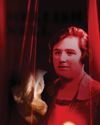
HELLISH NELL
Malcolm Gaskill delves into the life of Helen Duncan - the fraudulent Scottish medium whose ectoplasm-filled seances saw her ending up on the wrong side of the law

7 THINGS YOU (PROBABLY) DIDN'T KNOW ABOUT THE WHITE HOUSE
Presidential historian Dr Lindsay M Chervinsky reveals some of the most surprising facts about the world-famous US residence